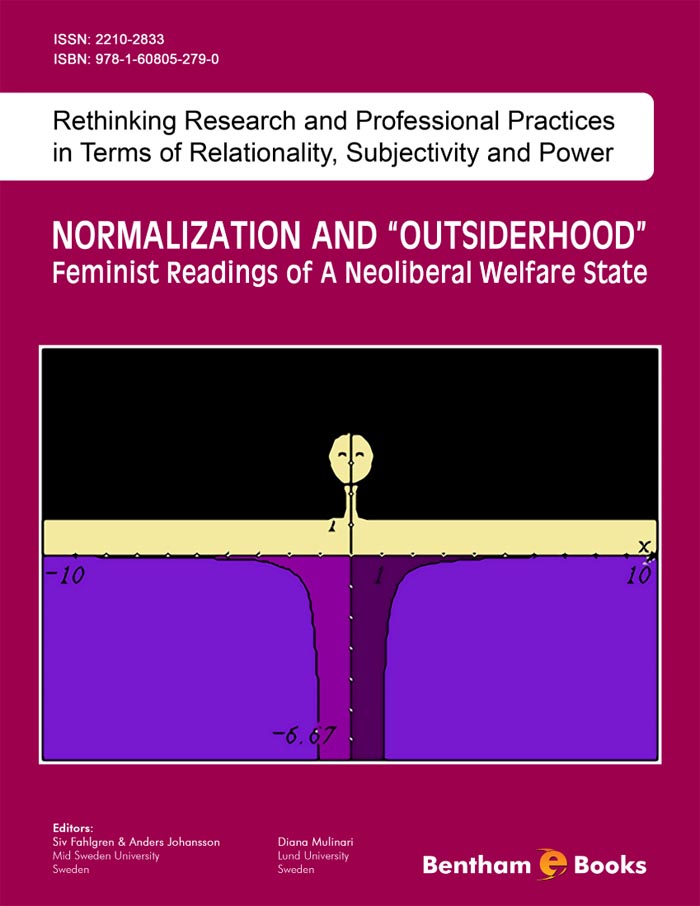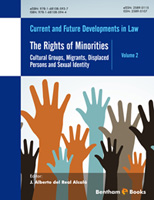Although Swedish social science research, and in particular the work on the welfare state, is renowned throughout the world, too little of that research is known to an Anglophone audience. This excellent volume, on Normalization and “outsiderhood”, edited by Siv Fahlgren Anders Johansson and Diana Mulinari, will go some way towards redressing that balance. For one, it provides an insight into the neo-liberal welfare state in Sweden –a phrase that some might consider a contradiction in terms. But Sweden’s popular cultural ascendency in recent years, and in particular the Wallander tv/film series by Henning Mankell, and the Stieg Larsson novels (The Girl with the Dragon Tattoo etc) have already produced a new image of Sweden as a much darker place than the clean lines of Ikea furniture and of Swedish design, not to mention (irony!) its seemingly exemplary history as a welfare state and its enviable reputation for equality politics and practices, might lead one to expect. That darkness is illuminated in new and different ways in this volume through the interrogation of normalization processes in Sweden as they occur in the inter-relationship, or intra-action, as Karen Barad more intimately would have it, between Swedish welfare state institutions and the citizen.
The phrase ‘normalization processes and practices’ smacks, for an Anglophone audience, of functionalism and the quasi-mechanistic adoption of standards and norms that render individuals cogs in wheels. But in their informative introduction Fahlgren, Johansson and Mulinari highlight how the historical context of the adoption of normalization processes and practices in Sweden in the post-World War II era was, in the first instance, an expression of the inclusivity (and, indeed, conformity - the latter is, of course, not a positive term in any kind of critical politics) designed to decrease inequalities and to achieve social justice. The definition of normalization as the right to be treated as ‘normal’ rendered normalization as ‘something common, desirable and achievable by all’. Fahlgren, Johansson and Mulinari then argue that normalization became ‘a movement from below’, accepted by the vast majority of Swedes who embraced the idea of ‘normality’ as a desirable state. It should perhaps be said in this context that ‘normal’ in Swedish has somewhat different resonances from the meanings that attach to it in English – the closest word in English is probably ‘usual’ (as in ‘We usually eat at seven.’). Thus it has a normative dimension as well as an association with statistical frequency or probability. Phrases such as ‘in the normal way of things’ also capture its Swedish meaning reasonably well. Fahlgren, Johansson and Mulinari, and indeed all the contributors to this volume, show very clearly how such notions of normalcy, of normalization and normatization, operate not only to create an integrating and equalizing context but also, and much more critically, how these processes and practices serve to exclude certain groups of people, and produce a structural inequality that in recent years has been discussed under the term of ‘utanförskap’ or outsiderhood. That status has, the contributors argue, erased other markers of inequality, to suggest a group of people lacking subject status and agency, and in need of integration through various forms of ‘socializing’ intervention.
Critiquing these interventions, the contributors to this volume show how diverse groups of people - immigrants, families considered ‘at risk’ by social services, pregnant women, young girls – are variously the objects of context-specific normalization processes and practices that make any resistance to such interventions difficult, if not impossible since what people ‘normally do’, as Katja Gillander Gådin, for example, puts it, cloaks that ‘normal doing’ into a fog of invisibilization that suffocates any form of protest. Normalization thus takes on specific forms of repression in particular circumstances, for instance through the ethnocentric imposition of norms of behaviour on migrants where that ethnocentricity is neither made evident nor acknowledged, as Ulrika Schmauch and Gunilla Olofsdotter in different ways argue. Anders Johansson shows how this system of normalization operates in schools, resulting in the reproduction of inequalities and discrimination from an early age. Indeed, childhood emerges as a key site where normalization processes are at work. Eva Söderberg analyses the uses to which Pippi Longstocking, the protagonist of the Swedish children’s books by Astrid Lindgren, is put. Renowned for her divergence, non-conformity and rebelliousness, Pippi in the 2000s resurfaced in adult form as Lisbeth Salander in the Stieg Larsson novels already mentioned. Söderberg intriguingly suggests that the character traits that made Pippi the erstwhile heroine in the fight against rules and regulations have now become normalized as part of what contemporary female ‘role models’ might be, and thus lost their critical edge. One might then ask about the extent to which versions of the out-of-control girl well-known in the Anglophone context from the ‘ladette’ syndrome to Amy Winehouse, or the geek scientist girl in CSI: Miami, for example, in fact continue to represent rebelliousness as critique, or instead signify the incorporation of certain forms of resistance into the ‘normal’.
Altogether, this volume presents an illuminating analysis of the ways in which normalization processes and practices operate, in an age when even the Swedish welfare state is in the grip of neoliberalism. Here ‘the normal’ or ‘the usual’ becomes a means for re-interpreting structural inequalities in terms of individual choice, and for displacing the responsibilities for change onto those positioned as outsiders. Worryingly, the individual chapters highlight how the operations of normalizing processes work to obscure their functioning, thus making any critique of both the underlying assumptions and their operationalization almost impossible. The face of the Swedish welfare state seems less fair, less inclusive and more coercive in this light.
Gabriele Griffin
Professor and Chair, Board of Studies
Centre for Women's Studies
University of York
Heslington
York, England





